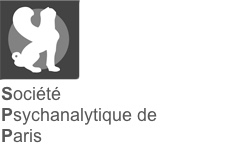|
Résumé :
|
During the 1950s and 1960s, the disabled child stood at the intersection of two distinct but connected developments: the emergence of more psychosocial approaches to disability, and the rise of child analysis as a distinct field. Disabled children and their families came into the focus of psychoanalysts, and became testing cases for theories about ego development, family dynamics, grief, mourning, and loss. This psychoanalytic subfield influenced other professions, not least because it played on widespread stereotypes about disability and motherhood. It was picked up, for example, by geneticists as part of a larger refashioning of their field. In a superficial distancing from the coercive, population-driven eugenics of the past, geneticists redefined genetic counseling as a non-directive psychosocial service that was to resolve parental guilt, blame, shock, and anxiety in order to facilitate ‘rational’ reproductive decisions. Psychoanalytic motives thus filled a need for establishing new forms of professional authority, and for defining ‘effective’ counseling.
|





